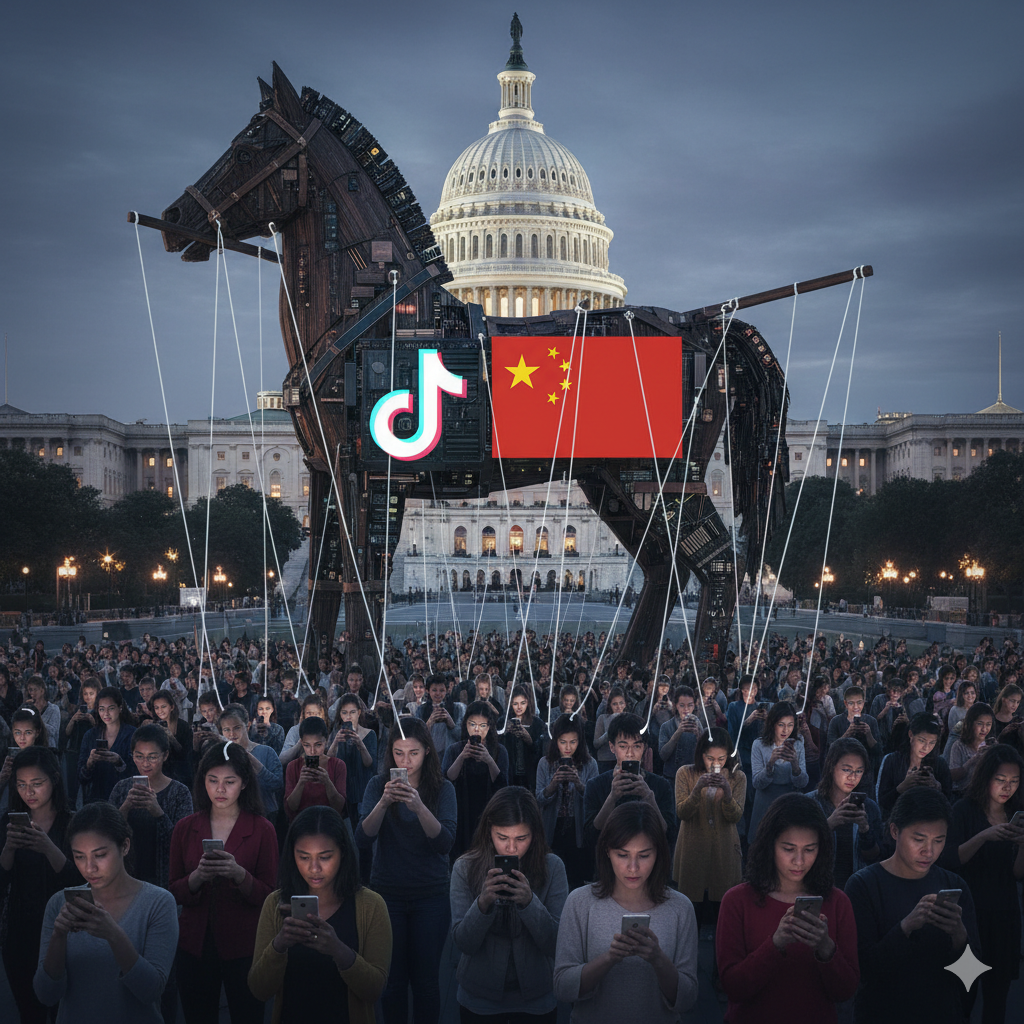Introduction: Two Paradigms of American Capitalism
This report conducts a deep comparative analysis of two titans of American business: Donald Trump and Marc Benioff. They represent divergent yet potentially converging models of power and influence.
Donald Trump is the master of the brand-as-asset. His empire is built on the symbolic, monetized value of his name. He cultivated this brand through decades of real estate development and media saturation.¹ His philosophy is one of combative transactionalism. He views the world as a zero-sum arena of winners and losers.²
In contrast, Marc Benioff emerged as the champion of the platform-as-ecosystem. He built his empire on the functional indispensability of his enterprise software.³ He also publicly espoused a philosophy of “Stakeholder Capitalism,” which posits that business should serve the interests of society at large.⁴
This analysis is not a static comparison. It is an examination of a dynamic and strategically significant shift.
The Central Argument
This report’s central argument is that corporate ideology is ultimately subordinate to pragmatic business imperatives and political expediency. This holds true even when an ideology has been meticulously cultivated over decades.
Marc Benioff’s recent actions demonstrate this principle. His progressive persona has apparently dissolved. This is marked by his endorsement of Donald Trump and his adoption of authoritarian “law-and-order” stances.⁵
This shift reveals the transactional nature of political alliances in modern American business. It also exposes the potential fragility of “Stakeholder Capitalism” as a core principle. The philosophy can function as a strategic posture, abandoned when it conflicts with the primacy of shareholder value in a volatile era.
Part I: The Architectonics of Empire – Blueprints for Dominance
This section provides a detailed, comparative analysis of the business models of the Trump Organization and Salesforce. It traces their evolution from inception to their current state.
The two empires reveal fundamentally different approaches to capital, risk, and the nature of a modern business enterprise. One is built on tangible assets and symbolic value. The other is built on intangible code and functional utility.
Comparative Business Milestones
The following timeline highlights key milestones in the careers of Donald Trump and Marc Benioff. This helps contextualize the development of their respective empires.
| Year | Donald Trump | Marc Benioff / Salesforce |
| 1968 | Begins career at his father’s real estate company.⁶ | |
| 1971 | Takes control of the family business, renaming it the Trump Organization.⁷ | |
| 1978 | Orchestrates first major Manhattan deal with the Grand Hyatt Hotel.⁶ | |
| 1983 | Completes construction of the iconic Trump Tower.⁸ | |
| 1986 | Joins Oracle Corporation after graduating from USC.⁹ | |
| 1987 | Publishes The Art of the Deal.⁸ | |
| 1990 | Opens the $1.1 billion Trump Taj Mahal casino in Atlantic City.⁶ | Becomes Oracle’s youngest-ever Vice President.⁹ |
| 1991 | First of six business bankruptcies begins with the Trump Taj Mahal.¹⁰ | |
| 1999 | Founds Salesforce in a San Francisco apartment.¹¹ | |
| 2004 | The Apprentice reality TV show debuts, boosting his brand’s value.¹ | Salesforce goes public, raising $110 million.¹² |
| 2009 | Salesforce reaches $1 billion in annual revenue.¹² | |
| 2020 | Salesforce acquires Slack for $27.7 billion.¹¹ | |
| 2024 | Salesforce introduces Agentforce, its enterprise AI platform.¹³ |

